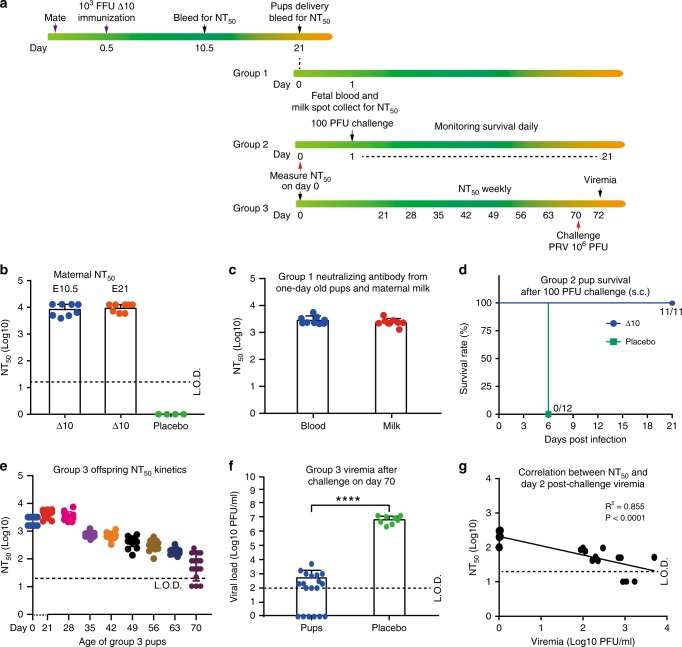Fig. 3. Protection of offspring born to dams immunized with 3′UTR-Δ10-LAV at E0.5.
a Experimental scheme. Ten- to twelve-week-old female A129 mice were subcutaneously immunized with 103 FFU 3′UTR-Δ10-LAV (Δ10, n = 8) or PBS (n = 4) at E0.5. At E10.5, the pregnant mice were bled for measuring neutralizing antibody titers. The pups were delivered after a full-term pregnancy at E21. Maternal and fetal blood was harvested on the day of delivery for neutralizing antibody assay. The neonates were divided into three groups. Group 1 pups were collected for fetal blood and milk spots at one-day-old and measured for neutralizing antibody titers. Group 2 pups were subcutaneously challenged at one-day-old with 100 PFU ZIKV PRVABC59 and monitored for survival for 21 days. Group 3 pups were bled every week after weaning to monitor the decline of neutralizing antibody titers; on day 70, these mice were subcutaneously challenged with 106 FFU ZIKV PRVABC59 and measured for viremia on day 72. b Neutralizing antibody titers from PBS- or Δ10-immunized mice at E10.5 and E21. c Neutralizing antibody titers from fetal blood and maternal milk collected from one-day-old neonates (Group 1, n = 9). d Survival of pups after challenge with 100 FFU ZIKV PRVABC59 (Group 2, n = 11 or 12). e Decay kinetics of neutralizing antibody titers from pups (Group 3, n = 14–19). f Viremia on day 72 from Group 3 pups. Statistics was performed using Mann-Whitney test. ****p < 0.0001. g Correlation analysis between day-72 viremia and day-70 NT50 values from Group 3 pups. P and R2 values reflect significance and the correlation coefficient. Error bars represent standard deviations. Source data are provided as a Source Data file.

